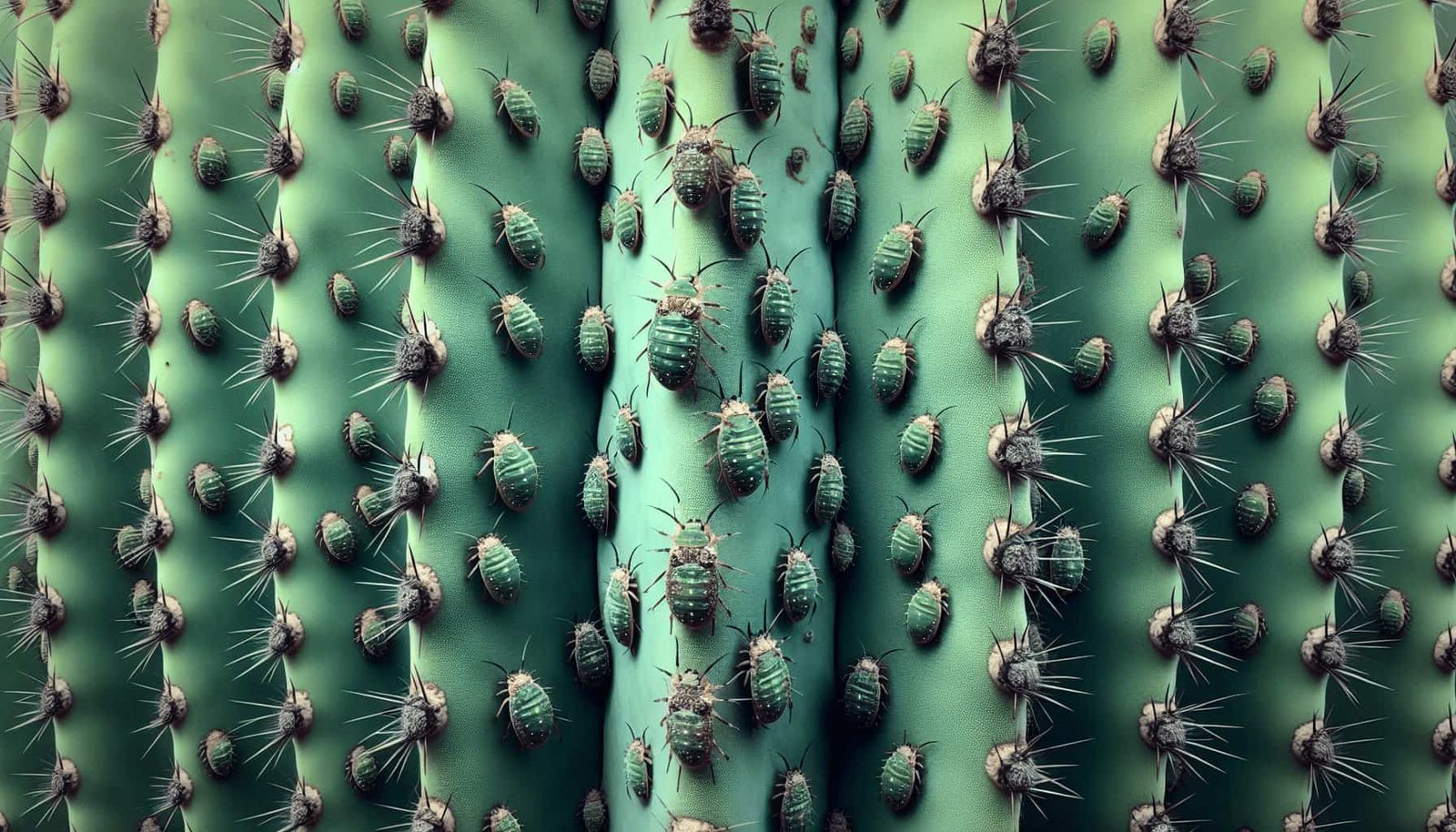Have you noticed that your Nopal cactus isn’t looking its best lately? Maybe you’re spotting some unusual little critters on it? If that’s the case, you might be dealing with an aphid problem. Aphids can be a nightmare for succulent enthusiasts, but don’t worry—you’re not alone, and it’s manageable. This guide will help you understand how to identify aphids on your Nopal cactus, and more importantly, how to control them effectively. Let’s get into it!

What are Aphids?
Aphids are small, soft-bodied insects that can be a real menace for various plants, including your precious Nopal cactus. There are different species of aphids, but they typically share some common characteristics.
Characteristics of Aphids
- Size: They are generally tiny, measuring between 1 to 10 millimeters.
- Color: They can come in different colors such as green, black, white, yellow, and even pink.
- Shape: Aphids are usually pear-shaped with long antennae.
- Movement: They are not very fast movers and can often be found clustered together.
Understanding these basic characteristics will help you identify aphids more easily.
Identification of Aphids on Nopal Cactus
Identifying aphids is the first step towards controlling them. If you catch the infestation early, you’re more likely to save your cactus from serious damage.
Signs of Aphid Infestation
- Visible Clusters: Aphids often appear in groups. Look for clusters of small insects on the cactus pads.
- Deformed Growth: Infested parts of the cactus may appear stunted or malformed.
- Sticky Substance: Aphids produce a sticky secretion known as honeydew, which can attract other pests like ants.
- Yellowing Leaves: The cactus pads may start to turn yellow and wilt.
- Sooty Mold: Sometimes, the honeydew can lead to the growth of sooty mold, making the cactus look dirty.
By keeping an eye out for these signs, you can catch an aphid problem before it gets out of hand.
Why Aphids are Harmful to Nopal Cactus
Understanding why aphids are harmful can help you appreciate the urgency of addressing this issue.
Nutrient Drain
Aphids feed by sucking the sap from your cactus. This deprives the plant of essential nutrients, weakening it over time.
Disease Transmission
Aphids can also act as vectors, transmitting various plant diseases that can worsen the condition of your cactus.
Attraction of Other Pests
The honeydew produced by aphids can attract other pests like ants, creating a secondary problem. Even worse, honeydew can encourage the growth of sooty mold, which blocks sunlight and further stresses the cactus.
How to Control Aphids on Nopal Cactus
Now that you know how to identify aphids and why they’re harmful, let’s focus on how to control them.
Mechanical Control
Sometimes, manual methods can be quite effective, especially for small infestations.
Hand Removal
Although it sounds simple, hand removal can be quite effective. Use a small brush or simply your fingers to remove aphids from the cactus. Be gentle to avoid damaging the plant.
Water Spray
Using a spray bottle filled with water, you can physically dislodge aphids from the cactus. This method is especially useful if the infestation is not severe yet.
Biological Control
Nature often finds a way to balance itself, and biological control methods use nature to your advantage.
Beneficial Insects
Certain insects, like ladybugs and lacewings, are natural predators of aphids. Introducing these beneficial insects into your garden can help keep the aphid population under control.
Plants that Attract Beneficial Insects
Consider planting flowers like marigolds or daisies, which attract beneficial insects. These insects will help in naturally reducing the aphid population.
Chemical Control
If the infestation is severe, it might be time to consider chemical options. However, these should be used as a last resort.
Insecticidal Soaps
Insecticidal soaps are a less harmful chemical option. They work by disrupting the aphid’s cell membranes and can be effective when used correctly. Always follow the manufacturer’s guidelines.
Neem Oil
Neem oil is another option. It disrupts the feeding ability of aphids and hampers their growth. Additionally, it has antifungal properties that can help in managing sooty mold.
| Method | Pros | Cons |
|---|---|---|
| Hand Removal | Simple and direct | Labor-intensive, less effective for large infestations |
| Water Spray | Easy to implement | May not remove all aphids |
| Beneficial Insects | Environmentally friendly | May take time to see results |
| Insecticidal Soaps | Effective and targeted | Can require multiple applications |
| Neem Oil | Natural and multi-functional | Can be expensive, requires careful application |

Preventive Measures
Controlling aphids is good, but preventing them in the first place is even better. Here are some preventive tips to help you keep your Nopal cactus aphid-free.
Regular Inspection
Make it a habit to regularly inspect your Nopal cactus. Early detection can make all the difference in controlling an infestation.
Proper Watering
Overwatering can make your cactus more susceptible to aphid attacks. Ensure that your cactus is watered appropriately.
Healthy Soil
Using high-quality, well-draining soil can make your cactus more resistant to pests. Healthy soil leads to healthy plants, which are less likely to be stressed and therefore less likely to attract aphids.
Pruning
Keep your cactus well-pruned. Remove any dead or dying sections as aphids are often attracted to weak or stressed plants.
Sanitation
Keep the area around your cactus clean. Remove fallen leaves and debris as they can provide habitats for aphids and other pests.
When to Seek Professional Help
While DIY methods are often effective, sometimes professional intervention may be necessary. If you’ve tried multiple methods and the aphid population is still out of control, it might be time to call in the experts.
Signs You Need Professional Help
- Persistent Infestations: Despite repeated efforts, the aphids keep coming back.
- Severe Plant Damage: Your Nopal cactus is showing significant signs of stress and damage.
- Secondary Issues: The presence of ants, sooty mold, or other complications alongside the aphid problem.
Professional pest control can provide more powerful treatments that are often more effective for severe infestations.

Conclusion
Taking care of your Nopal cactus involves being vigilant against pests like aphids. From identifying the problem to implementing various control methods, it’s all about timely and appropriate action. Whether you opt for mechanical, biological, or chemical measures, the key is consistency and regular monitoring. Implement preventive measures to minimize the chances of future infestations and keep your Nopal cactus healthy and thriving. Remember, a healthy cactus is the best defense against pests!

